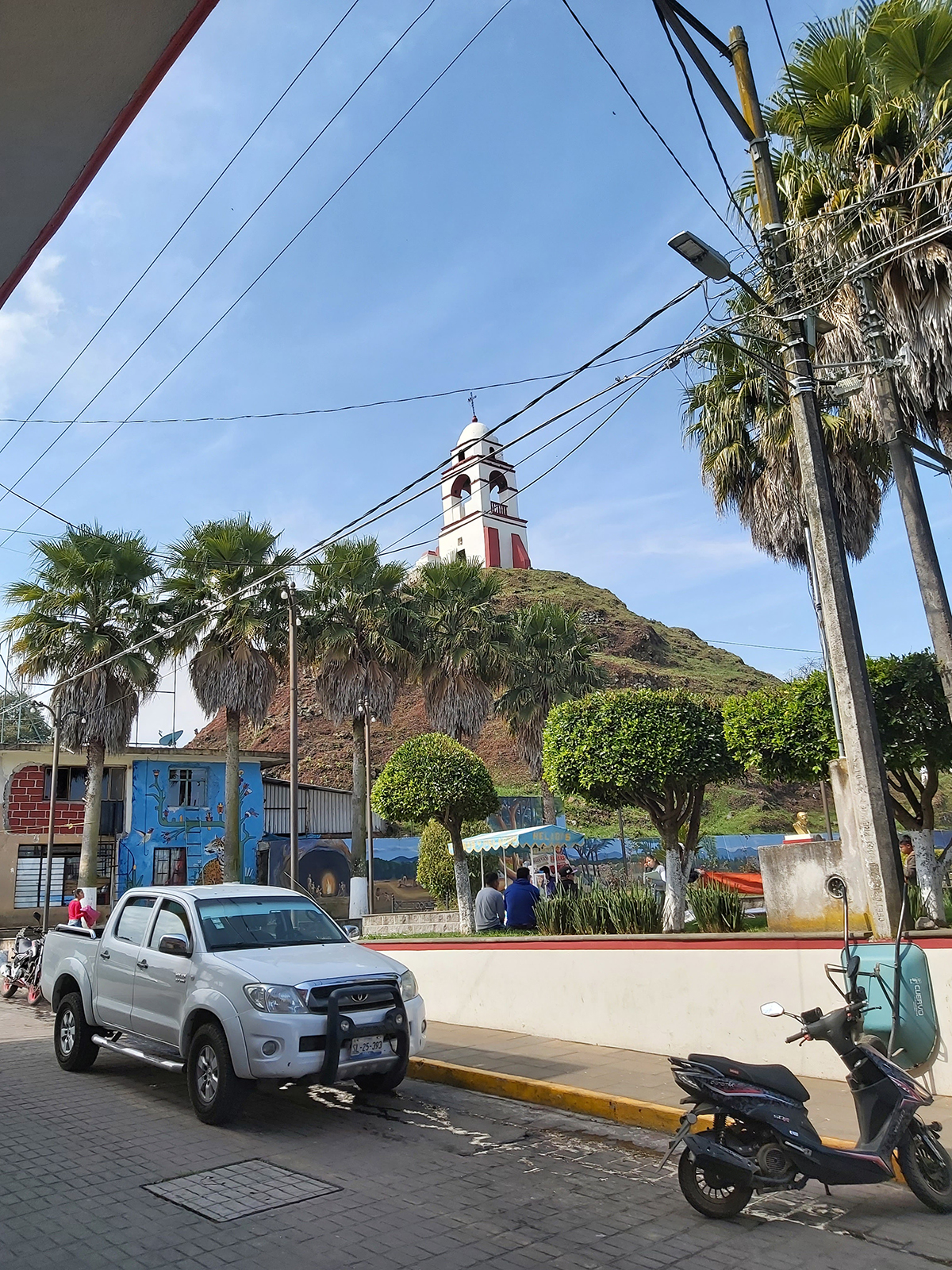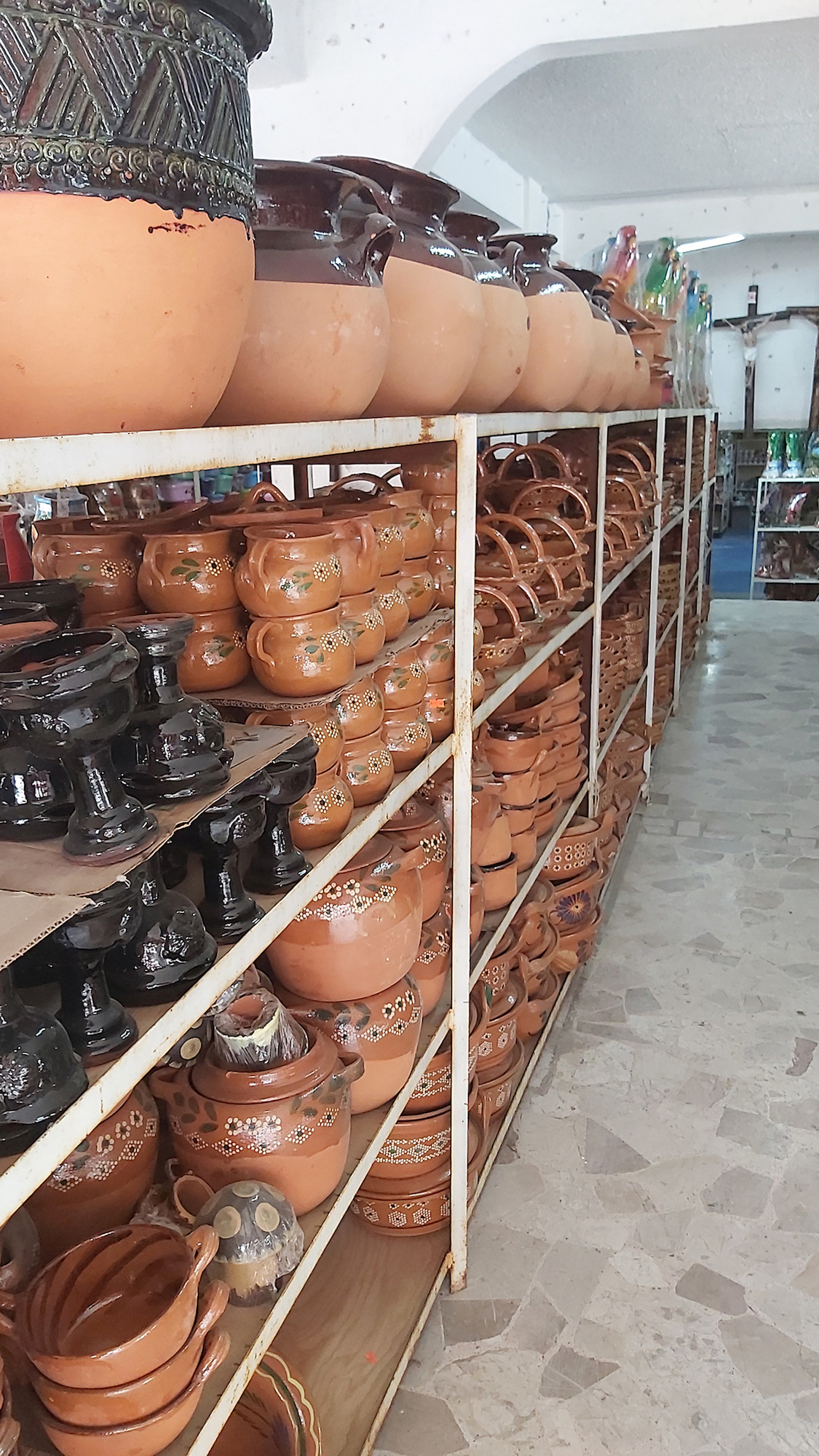メキシコの妖怪と日本の妖怪は仲良くなれる?蛍光テクニックを使った制作の裏側
世界中の人が参加するイラストコンテスト「コピックアワード 2023」で、今回pixiv賞を受賞したのは、メキシコ在住のelquijoteARTさん。
メキシコの陶器屋さんを描いた本作は、UVライトにあてるとモノノケが浮かび上がるというサプライズがある楽しい作品です。
この独特なアイデアはどこから生まれたのでしょうか。制作過程から作品に込めた思いまでお伺いいたしました。


── pixiv賞受賞おめでとうございます! 受賞の連絡を受けたときのお気持ちを教えてください。
── 今回受賞した賞は「pixiv賞」でした。pixivは以前からご存じでしたか?
── COPIC AWARDについて、どこで知りましたか?
── イラスト歴はどれくらいでしょう。
── elquijoteARTさんが感じているコピックの魅力を教えてください。
── コピックのコレクション、作業環境を写真で見せてください。

elquijoteART:あと、ぜひコピックのコレクションも紹介させてください。先ほども言ったように、最初は3色しか持っていなかったのですが、数年かけて今では50本ほどに増えました。

── 今までにコピックで描いた他のイラストも見せていただけますか。



── 他にはどんな画材を使っているのでしょうか。
elquijoteART:幅広い種類のテクニックや画材を使用しています。色々試すのが好きなので、水性や油性のマーカー、アルコールマーカー、希釈剤などを持っています。水彩絵の具やアクリル絵の具もたくさん持っていますが、コピックと一緒に使う画材としては色鉛筆が一番お気に入りですね。私が思うに、偉大なアーティストになるためには、同時にいくつものテクニックを使いこなす必要があると思います。一つのテクニックに頼っているだけでは自分の可能性を狭めてしまうことに他なりません。そうならないように、常にコピックと色鉛筆を一緒に使ったり、水彩絵の具やアクリル絵の具で下地を塗ったり、他のマーカーを使ってコピックの上から色を馴染ませたりしています。あとはデジタルイラストを描くためのタブレットも持っています。
日本とメキシコの架け橋となる作品を
── 受賞作品のストーリー(設定)を教えてください。
この作品では、日本人の旅行者がメキシコの陶器屋さんを訪れ、彼女に着いて来た害のないモノノケが、地元の空想動物と遊ぶ光景を描きたいと思いました。どちらも森の守護者のような存在です。
── UVライトを当てるとモノノケたちが浮かび上がるところが素敵です。
elquijoteART:新しいことや技術を試すのも好きなので、今回の制作にあたり、自分だけの蛍光テクニックを編み出すことにしました。これは店員がUVライトを使ってお金が偽札かどうかを判断する光景からも着想を得ています。

── 制作にはどれくらいかかりましたか。
elquijoteART:イラスト自体は5日間で描き上げましたが、今までになかったテクニックを編み出す必要があったので、全体の制作期間は7ヶ月ほどに及びました。
まずコピックと相性の合う材料を探す必要があり、その工程だけで4ヶ月ほど。たくさんの顔料を買っては試しの繰り返しでした。またその顔料を使いこなせるようになるため、実験を何度も行いました。その後、やっとメインの題材について考え始めることができました。テーマを考える際、国内のいろんな所をめぐり、旅先で田舎の風景の写真を撮ったり、花を摘んだり、山や店を眺めたりしました。今回の作品のテーマはその際に思いついたものです。


── elquijoteARTさんの出身地からもインスピレーションを得たと聞いています。どんなところなんでしょうか。


── 描いている最中に、悩んだ箇所はどこですか?
elquijoteART:一番難しかった点は蛍光テクニックを編み出す工程です。目に見えないUVインクが存在するのは知っていましたが、それはプリンターやおもちゃのペンに限った話で、作品に使用するには問題点が多すぎました。プリンター用のUVインクは彩度が高すぎて水彩画のタッチとはほど遠く、おもちゃのマーカーのインクは時間の経過や直射日光によって次第に薄れていってしまいます。遊ぶのには適していても、ちゃんとした絵を描くのには向いていない。
だから自分自身で顔料を作り、それまでになかったテクニックを編み出す必要がありました。
── 明るいところで作品を見てもモノノケが浮かび上がるとは全然わからないです。どんな顔料、テクニックを使ったのでしょうか。
── ご自身が気に入っているところはどこですか?
メキシコの妖怪と日本の妖怪は仲良くなれる?
── elquijoteARTさんの描く女の子はとてもかわいらしいです。女の子を描く際に気をつけていることなど、かわいく描くコツを教えてください。
── elquijoteARTさんはSNSで「 メキシコのスピリッツは日本の妖怪に似ている」とおっしゃっていました。どのような共通点を感じていますか?
※メキシコの空想動物
── elquijoteARTさんは日本のカルチャーに親しみを感じてくださっているようですが、好きな日本のアニメ、マンガなどを教えてください。
elquijoteART:一番好きなアニメ・マンガはゴブリンスレイヤー、SPY×FAMILY、おるちゅばんエビちゅです。
── 影響を受けた日本のクリエイターはいますか?
elquijoteART:もちろんです! 最も影響を受けたクリエイターはおそらく高橋 留美子先生とCLAMP先生です。
── 日本とメキシコのイラスト文化って違うのでしょうか。
elquijoteART:一番大きな違いは内容だと思います。メキシコのイラストはストリートアートやスペインによる征服以前の文化のルーツに焦点を当てているため、日本のイラストに比べてより荒く、ビビッドで、角ばった形をしている傾向があります。
一方、日本のイラストは日本の日常生活にファンタジー要素が加わった光景を描いたものが多いように感じます。
── 色々と教えていただきありがとうございます。最後に、elquijoteARTさんのようにCOPIC AWARDでの受賞を目指している読者に、アドバイスをお願いします。
他の受賞作品はこちらをチェック!
「コピックアワード 2023」の他の受賞者はこちら!
今回ご紹介したelquijoteARTさん以外にも国際色豊かな受賞者の作品が並びます。
動画では審査の過程や審査員のコメントも見ることができます。
